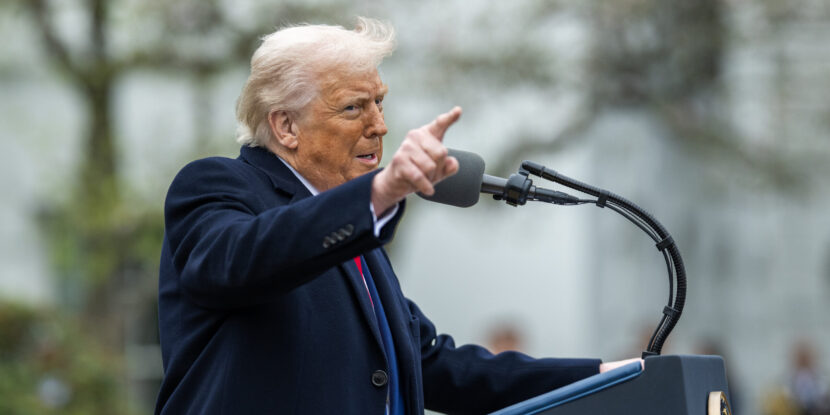
PULSE POINTS:
❓What Happened: President Donald J. Trump on Monday took to Truth Social, warning China that it has 24 hours to withdraw its 34 percent retaliatory tariff on American imports or else he will impose an additional trade duty of 50 percent on Chinese goods. Additionally, Trump indicated that should China refuse, he will break off all ongoing talks about a broader trade agreement.
👥 Who’s Involved: President Donald J. Trump, Chinese President Xi Jinping
Your free, daily feed from The National Pulse.
📍 Where & When: April 7, 2025 in Washington D.C.
💬 Key Quote: “Therefore, if China does not withdraw its 34% increase above their already long-term trading abuses by tomorrow, April 8th, 2025, the United States will impose ADDITIONAL Tariffs on China of 50%, effective April 9th, ” Trump announced.
⚠️ Impact: Further retaliatory tariffs could mark a significant escalation in the trade conflict.
IN FULL:
President Donald J. Trump is giving China 24 hours to end its retaliatory trade measures against the United States. Otherwise, he will impose an additional 50 percent tariff on top of those enacted on April 2. Following Trump’s imposition last week of reciprocal tariffs against nations that abuse their trade position against the United States, China announced they would escalate, enacting trade levies that have, in part, helped fuel global market volatility.
“Yesterday, China issued Retaliatory Tariffs of 34%, on top of their already record setting Tariffs, Non-Monetary Tariffs, Illegal Subsidization of companies, and massive long term Currency Manipulation, despite my warning that any country that Retaliates against the U.S. by issuing additional Tariffs, above and beyond their already existing long term Tariff abuse of our Nation, will be immediately met with new and substantially higher Tariffs, over and above those initially set,” Trump wrote on Monday. “Therefore, if China does not withdraw its 34% increase above their already long term trading abuses by tomorrow, April 8th, 2025, the United States will impose ADDITIONAL Tariffs on China of 50%, effective April 9th.”
He added: “Additionally, all talks with China concerning their requested meetings with us will be terminated! Negotiations with other countries, which have also requested meetings, will begin taking place immediately. Thank you for your attention to this matter!”
The move could mark a serious escalation in the trade conflict between the United States and China. For years, the Chinese communist government has used various tools, such as currency manipulation, state subsidies, and regulatory measures aimed at obstructing American exports, to prevent U.S. exporters from remaining competitive with Chinese firms. Ending this behavior is a key goal for the Trump White House.
READ:
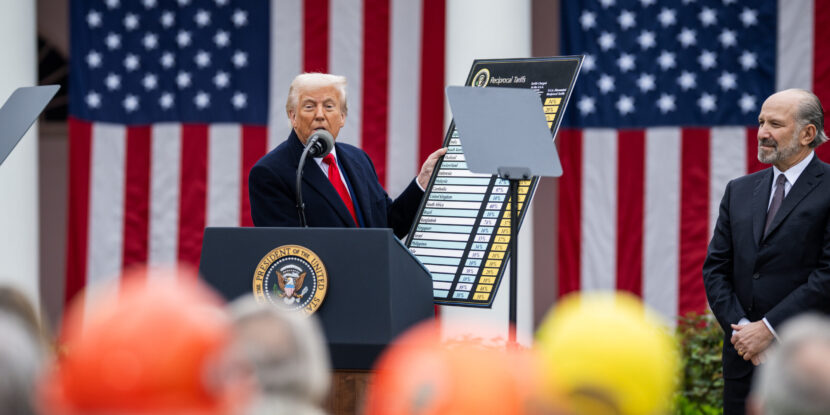
PULSE POINTS:
❓What Happened: Officials from the Trump Administration discussed the President’s reciprocal trade plan to counter global economic policies perceived as harmful to American workers.
👥 Who’s Involved: Secretary of the Treasury Scott Bessent, Secretary of Commerce Howard Lutnick, National Economic Director Kevin Hassett, Secretary of Agriculture Brooke Rollins, Attorney General Pam Bondi, and Senior Counselor Peter Navarro.
Your free, daily feed from The National Pulse.
📍 Where & When: Various news shows aired discussions on Sunday, including Meet the Press, Face the Nation, This Week, State of the Union, Fox News Sunday, and Sunday Morning Futures.
💬 Key Quote: Scott Bessent remarked on tariffs, “A 20 percent tariff on China led to a 0.7 percent price level increase over four years. I think that’s pretty good.”
⚠️ Impact: The administration aims to reduce reliance on foreign goods and protect American industries, citing national security and economic stability concerns.
IN FULL:
Several Trump Administration officials appeared on major news programs Sunday to outline its tariff strategy, intended to change the economic landscape to favor American workers and industries and mitigate distorted trade imbalances.
Secretary of the Treasury Scott Bessent recalled the tariffs imposed during President Donald J. Trump’s first term, noting that a 20 percent tariff on Chinese goods resulted in only marginal price increases and net real wage growth for American households. He added that the COVID-10 pandemic exposed the fact that “[America’s] supply chains are not resilient,” explaining that “President Trump has decided that we cannot be at risk like that for our crucial medicines, for our semiconductors, for shipping.”
Secretary of Commerce Howard Lutnick also emphasized the national security risks involved in outsourcing critical manufacturing: “We don’t make medicine in this country anymore. We don’t make ships. We don’t have enough steel and aluminum to fight a battle,” he warned.
Kevin Hassett, National Economic Director, explained that cheap foreign imports come at a cost, recalling how, in the years since China was admitted to the World Trade Organization (WTO), “real incomes declined about $1,200 cumulatively… We got the cheap goods at the grocery store, but then we had fewer jobs.”
Peter Navarro, Senior Counselor for Trade and Manufacturing, emphasized that many of America’s so-called trade partners have adopted practices beyond tariffs “that are designed, explicitly, to cheat us”—such as currency manipulation, to strengthen their export potential, and regulatory barriers against American produce —and that President Trump has determined to draw a line against this.
“We’re headed towards a strong America that makes things again,” he added.
show less

 2 months ago
5
2 months ago
5
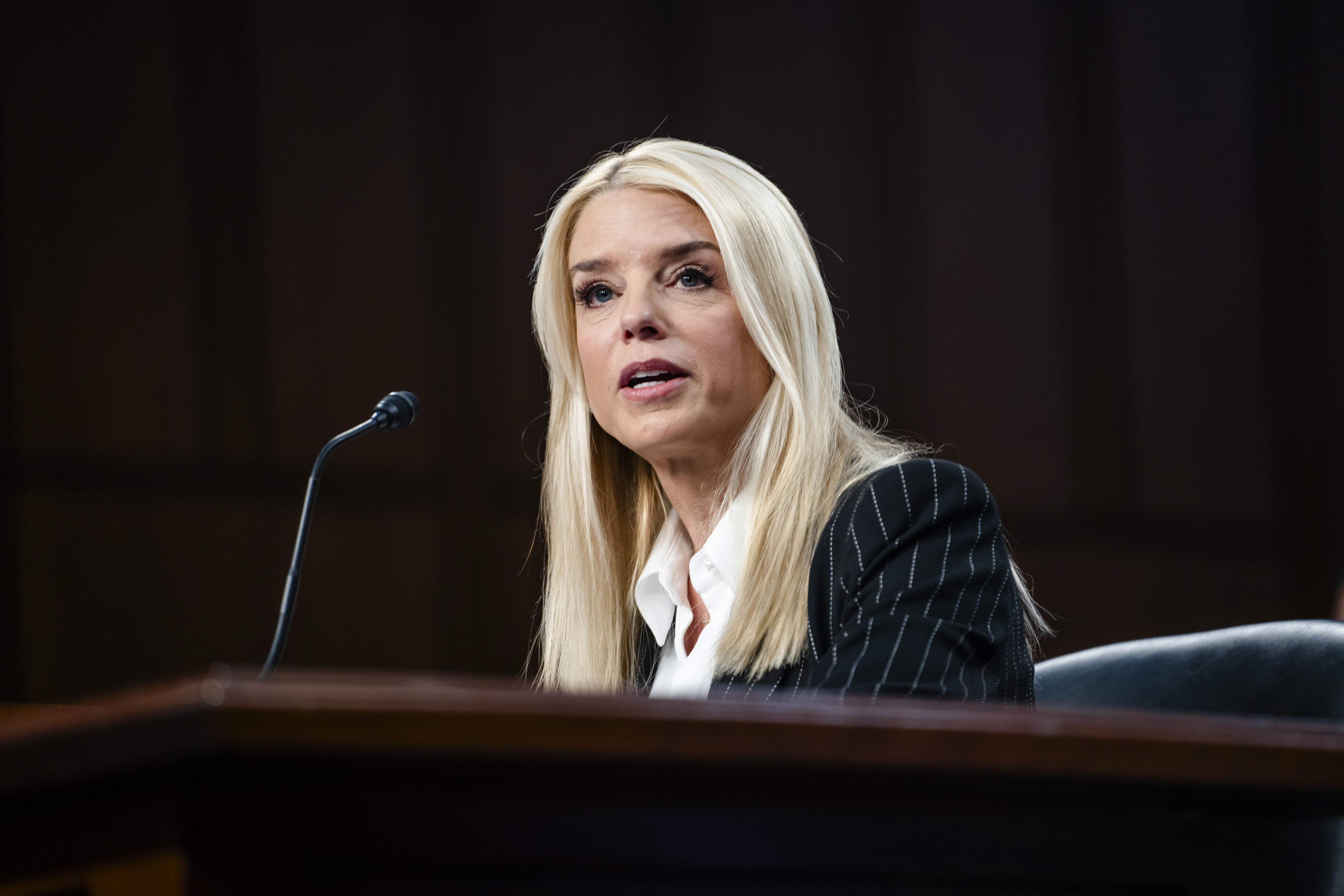
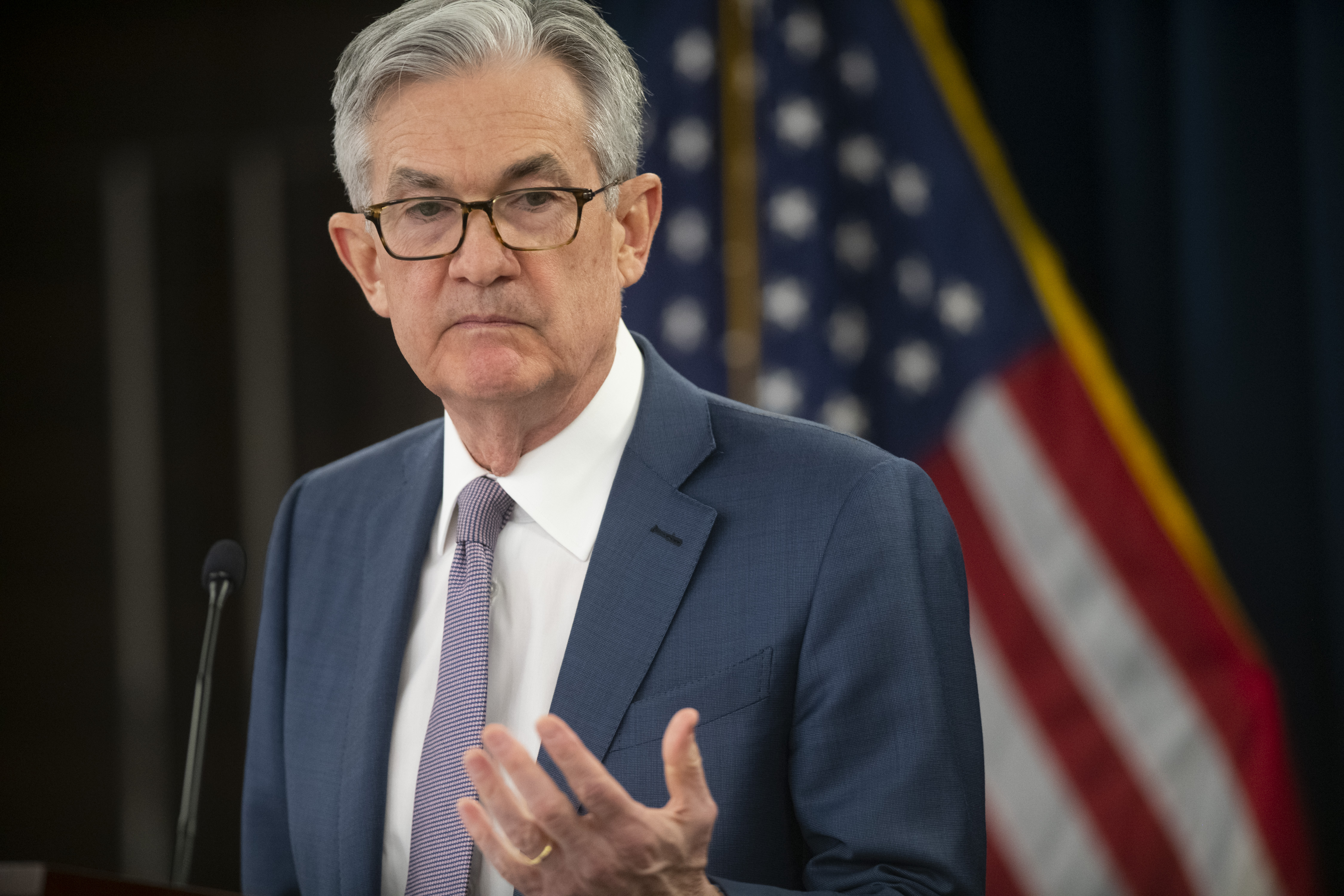
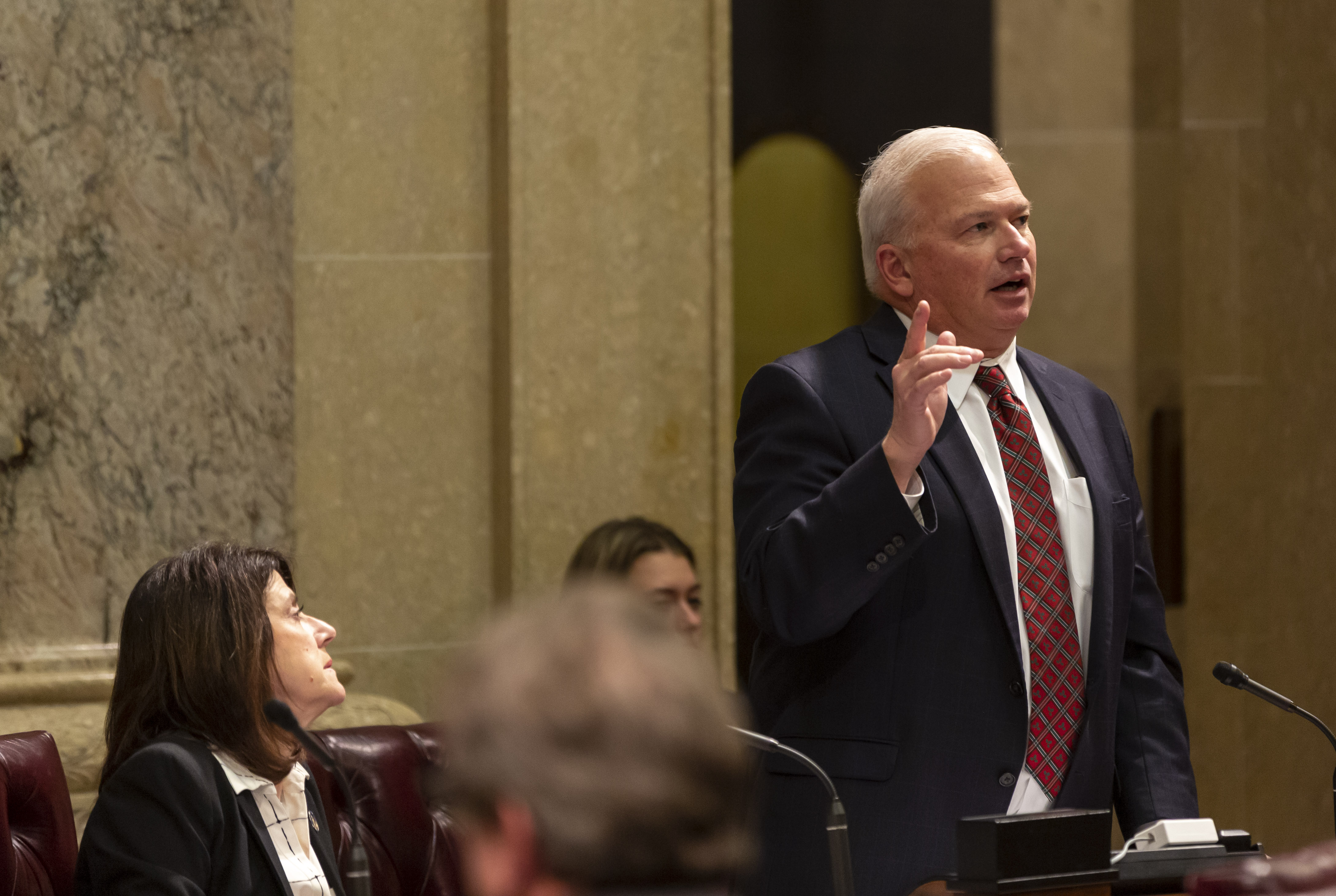





 English (US) ·
English (US) ·